A new study shows how the material made from leaves and branches that collect on forest floors can be mixed with local soil to filter out road grime before it reaches waterways.
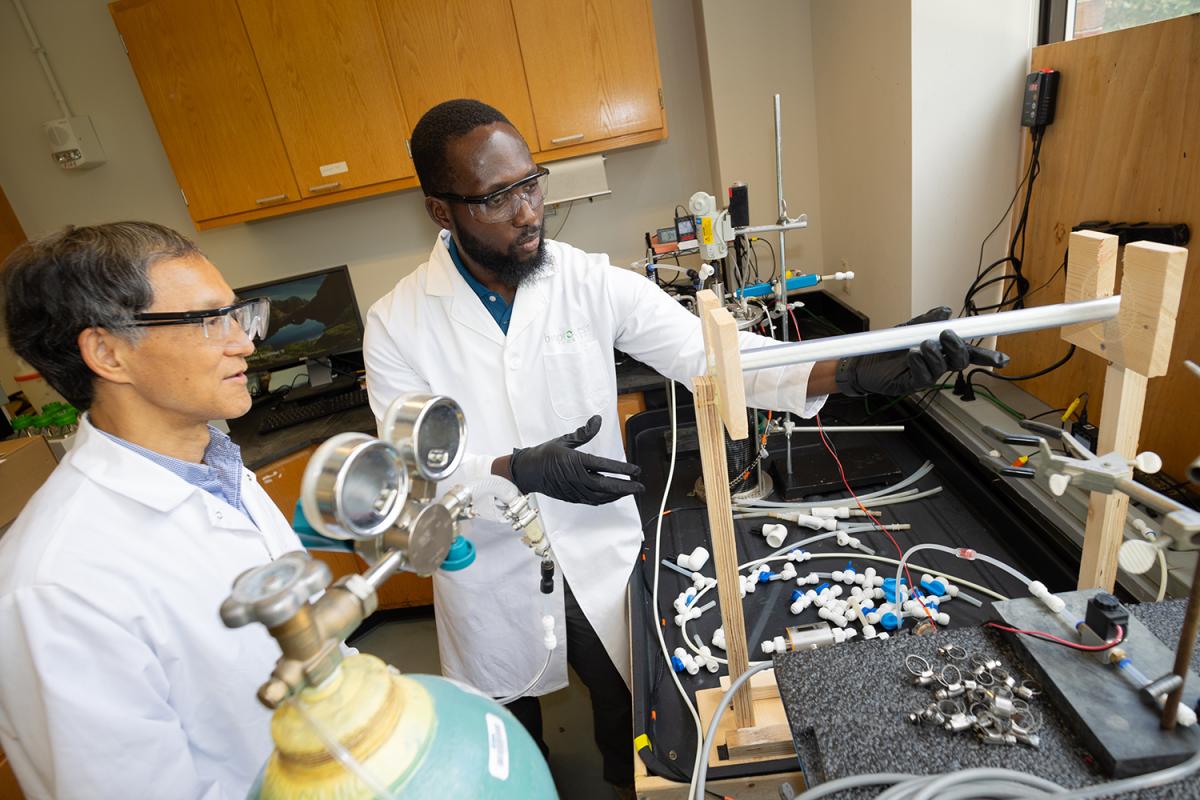
Professor Yongsheng Chen (left) and Ph.D. student Ahmed Yunus work with a wastewater reactor system in the lab. (Photo: Candler Hobbs)
A charcoal-like material made from leaves and branches that collect on forest floors could be a cheap, sustainable way to keep pollution from washing off roadways and into Georgia’s lakes and rivers.
Engineers at Georgia Tech and Georgia Southern University have found that this biological charcoal, or biochar, can be mixed with soil and used along roadways to catch grimy rainwater and filter it naturally before it pollutes surface water.
Their tests found the biochar effectively cleans contaminants from the rainwater and works just as well in the sandy soils of the coastal plain as in the clays of north Georgia. Their biochar-soil mixture can be easily substituted for expensive material mined from the earth that’s typically used on roads.
Though they focused on Georgia, the researchers said the findings could easily apply across the U.S., providing a simple, natural way to keep road pollutants out of water sources. They published their approach in the Journal of Environmental Management.
“The road surface accumulates a lot of pollutants. Then, when it rains, everything is washed into our rivers and surface water bodies,” said Ahmed Yunus, Ph.D. student in the School of Civil and Environmental Engineering (CEE) and a Renewable Bioproducts Institute fellow who was lead author on the study. “When it rains, our system captures the stormwater and reduces the amount of runoff pollutants, stopping them from accumulating in surface water.”
Roads collect all kinds of contaminants — deposits from vehicle emissions, dust from brake rotors, oil, and grease, among them. The longer between rainstorms, the more gunk that builds up.
The researchers mixed biochar in varying amounts with topsoil from different parts of Georgia. The material accelerates natural processes that would typically absorb and filter water, including encouraging growth of helpful microbes to break down pollutants captured by the material. And because it’s made from the detritus that collects on forest floors, it’s a plentiful material.
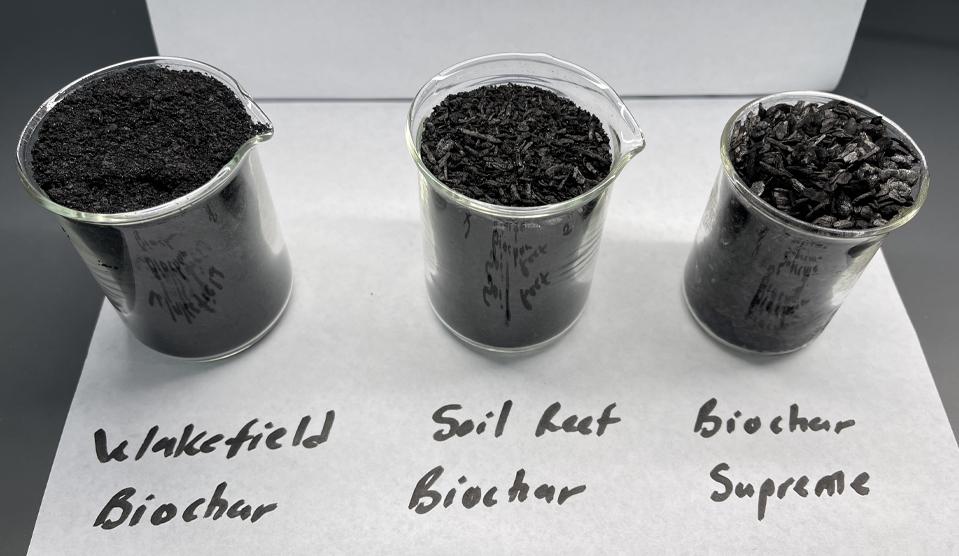
The biological charcoal (above) can be mixed with soil to naturally filter roadway pollutants.
“We have a lot of forest residues, meaning that sourcing the raw material is not a problem,” Yunus said. “So we can use an abundant natural resource to create a process that actually protects another resource, our surface water.”
Biochar is often used to improve soil for agricultural uses, and it’s available at lawn and garden stores. It’s also becoming a popular way to sequester carbon: Microsoft recently purchased more than a million tons of carbon credits from a company producing biochar in Bolivia.
Yunus has been exploring the idea of using the material mixed with soil to clean roadway runoff since his environmental engineering master’s studies with Georgia Southern Professor George Yuzhu Fu. At Georgia Tech, he’s continued the work with his Ph.D. advisors, Yongsheng Chen and Joe Bozeman. Meanwhile, Fu’s team is complementing Yunus’ lab studies with a full-scale trial of the material along roads on the Georgia Southern campus.
Finding ways to use biodegradable materials or waste that would have been landfilled otherwise aligns with the tenets of the circular economy — a growing interest for many industries.
JOE BOZEMAN
“Finding ways to use biodegradable materials or waste that would have been landfilled otherwise aligns with the tenets of the circular economy — a growing interest for many industries,” said Joe Bozeman, a senior author on the study and assistant professor in CEE. “More and more companies are moving toward improving their bottom lines by reusing, remanufacturing, and otherwise creating economic value out of things that were once considered to have no value.”
The Georgia Department of Transportation has existing guidelines for building what are called “bioslopes” along roadways to catch and filter runoff. The research team followed those guidelines in testing their material. The biochar would replace expensive gravel-like materials such as zeolite that have to be mined.
In addition to collecting soil samples from around the state to mix with biochar, the researchers also collected actual stormwater runoff from roads in south Georgia. Previously published studies typically used simulated runoff.
Though this study focused on soil and road design standards in Georgia, Yunus said translating their approach to neighboring states or across the country is a simple matter of applying their data to the characteristics of local soil.
“The insight here for engineers is that if you are building a road and you want to apply this design, you have to understand the soils around you. Some geotechnical engineers already do that,” Yunus said. “Our study presents design data about how to effectively amend the soil by adding the right amount of biochar — for example, 10% or 5% or 2%. You can make that decision based on your site-specific information.”
(text and background only visible when logged in)
About the Research
Citation: Yunus AI, Fu GY, Chen Y, and Bozeman JF. Removal of nutrient pollutants from highway stormwater runoff using bioslope with new media of biochar amended topsoils.
J Environ Manage. 2025;390:126259. doi.org/10.1016/j.jenvman.2025.126259.
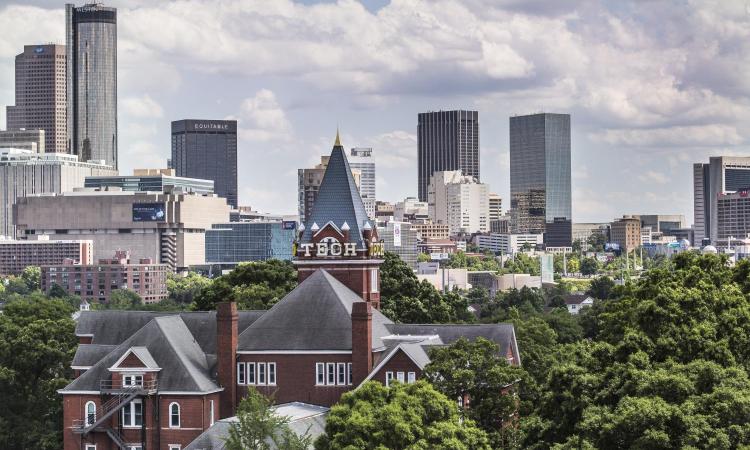
Preeminence in Research
Related Content
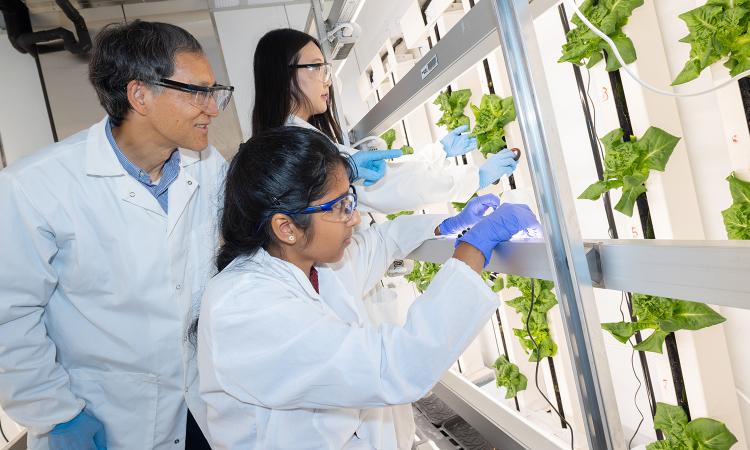
Planting the Seeds of the Farm of the Future
Georgia Tech engineers are working to reduce the environmental impact of farming while creating technologies to help farmers feed a growing world and adapt to a changing climate.
Georgia Tech engineers are working to reduce the environmental impact of farming while creating technologies to help farmers feed a growing world and adapt to a changing climate.
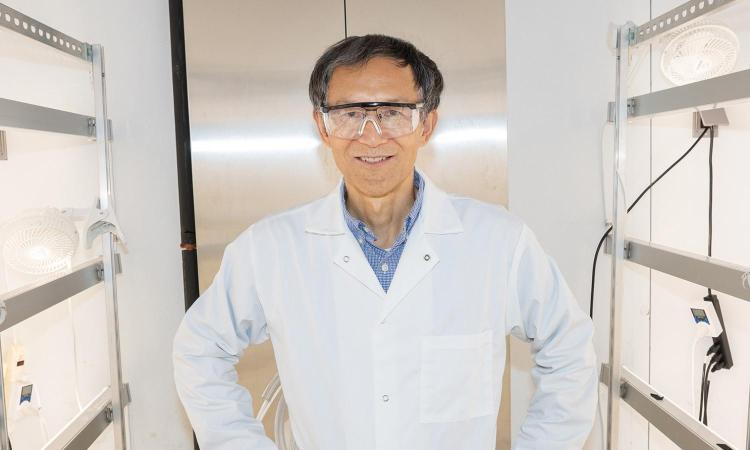
Researchers Target ‘Forever Chemicals’ in Drinking Water
Environmental engineer Yongsheng Chen is leading efforts to develop new membranes using machine learning that can reduce human exposure to harmful chemicals called PFAS.
Environmental engineer Yongsheng Chen is leading efforts to develop new membranes using machine learning that can reduce human exposure to harmful chemicals called PFAS.
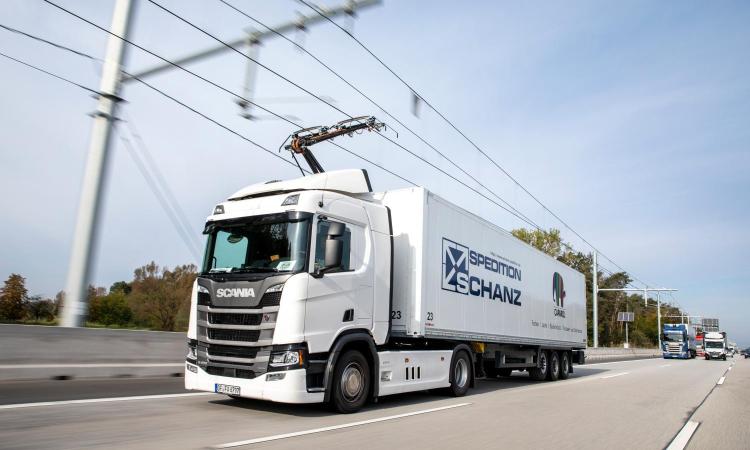
Hitting the Brakes or the Accelerator on Electrified Semitrucks
Study looks at the environmental and economic benefits of overhead cable-line technology for nation’s highways
Study looks at the environmental and economic benefits of overhead cable-line technology for nation’s highways